Keep Your Flies Below Your Eyes
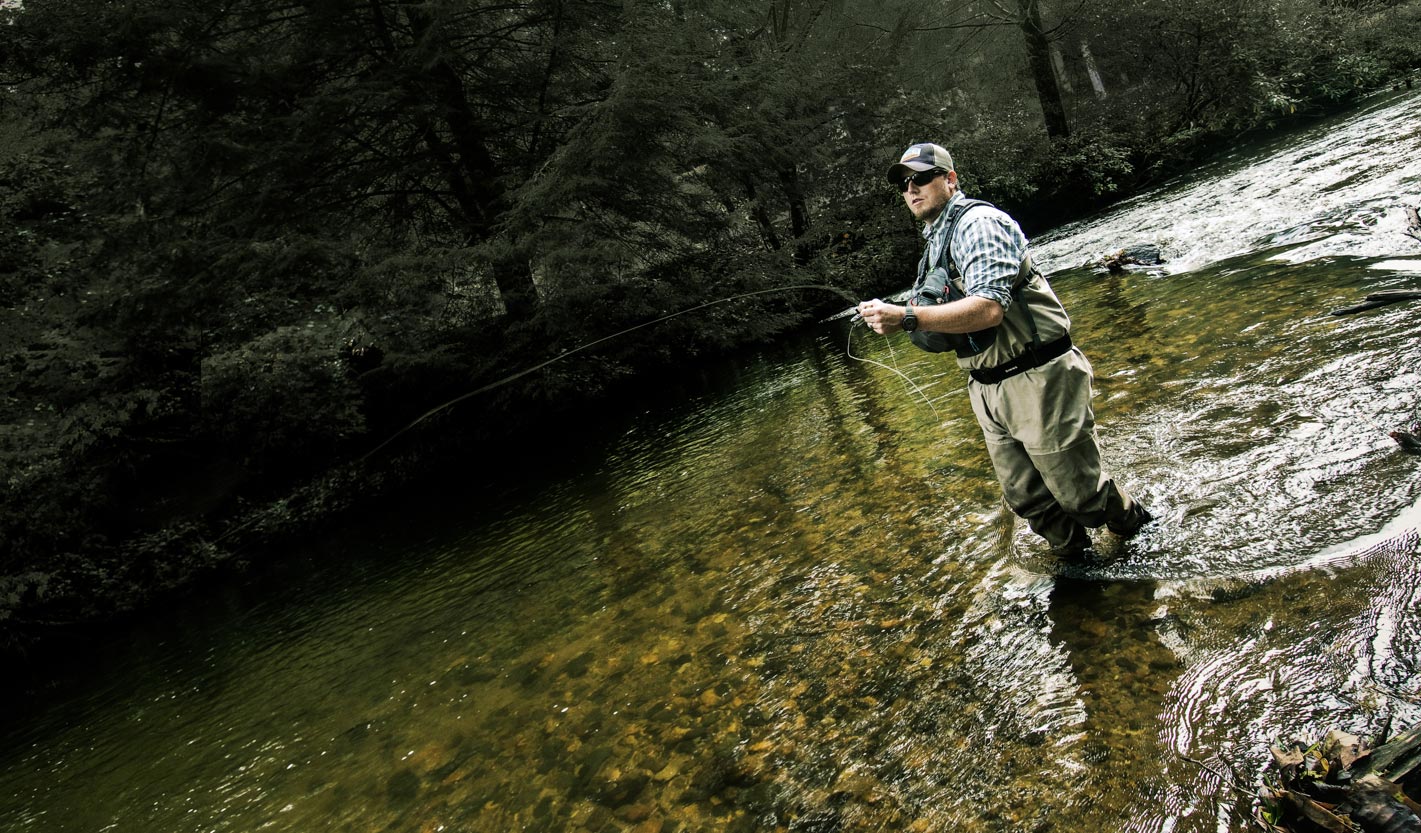
By Justin Pickett
The dense canopies of the southeastern streams that I grew up on have groomed my casting stroke over the years.
Favoring function over style, I adopted a low, sidearm casting stroke that has served me well over the years. For my clients that haven’t spent much, if any, time on these Rhodo-infested streams, I recommend they take a peek at their surroundings before casting. There are always vines, limbs, and leaves lurking over the water, waiting like Venus fly traps to snatch their fly from flight. The best piece of advice I give these anglers though, is that they will keep themselves out of the most trouble by simply keeping their flies below their eyes.
Whether that be with a water haul, a roll cast, or a sidearm presentation, this gives my client a reference point of where they need to keep their cast. It also
Read More »The Incredible Ethical Egg
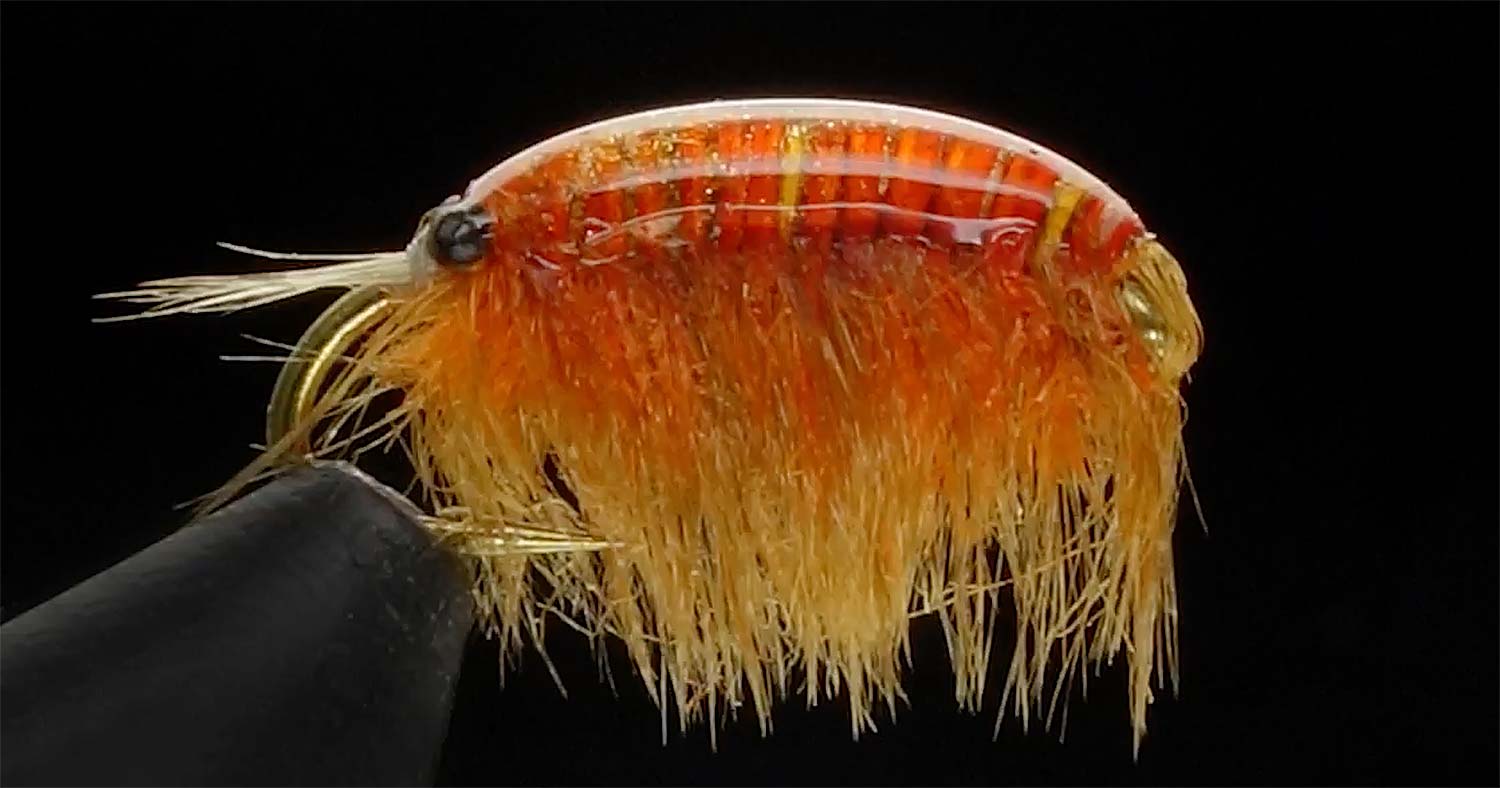
By Herman DeGala
When I started fly fishing years ago, I was told that fishing egg patterns was indicative of questionable angling ethics.
What I discovered was that it was not so much the flies themselves, but how they were used. I don’t fish to spawning fish and won’t fish over redds. I do, however, fish behind redds, where fish are looking for an easy meal, or to fish in other parts of the river during spawning season. I don’t think it is a coincidence that this fly works particularly well during the spring and fall.
WITH THAT IN MIND, BELOW IS MY SCUD PATTERN, WHICH COULD BE MISTAKEN FOR AN EGG.
Read More »Fly Fishing, Always Have a Plan B
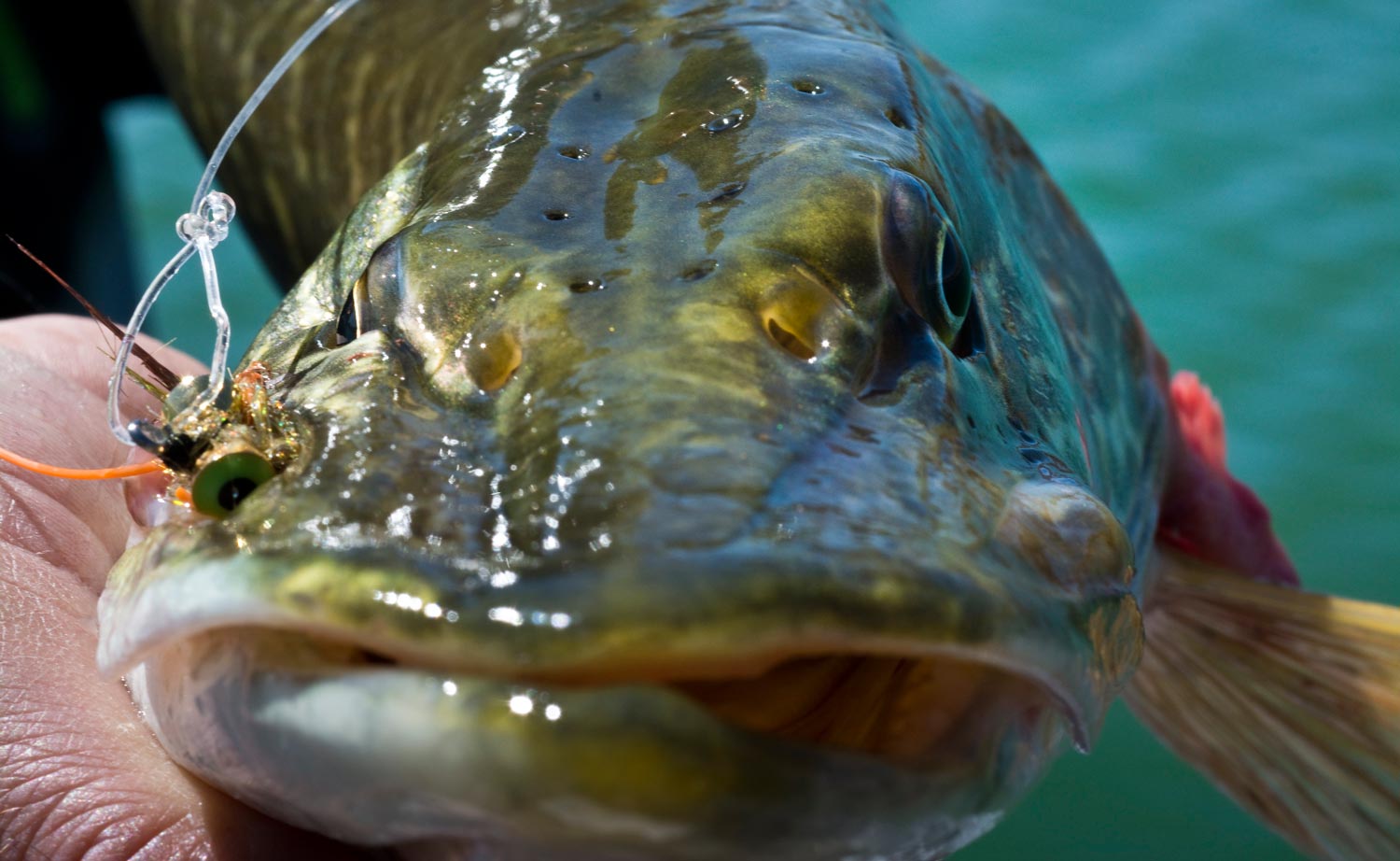
Just about every fisherman out there is familiar with the saying, “never leave fish to find fish.”
I live religiously by this common sense fishing advice. It’s saved my butt many days on the water guiding, and keeps me from straying away from productive water when I find myself being drawn away to fish other spots upstream that look great. Always remember that fly fishing is full of hot periods and cold periods of catching. So when fishing it’s hot, you want to capitalize on it as much as you can before it goes cold. Sometimes it can be hot fishing for several hours, while other times you may only have one hour of hot fishing, such as when a hatch is in progress. Quite often anglers can have more success sticking around fishing one area throughly, when it’s producing, than fishing a bunch of spots partially. Every stream is different of course, but it’s generally safe to say that some sections of water always will be fishing better than others througout the course of a day. A fly fishers job is to determine where those hot sections of the water are and fish them.
Here’s some more common sense fishing advice for you all. Don’t continue fishing water if all you’re doing is striking out. Learn to cut your losses and be quick to move on in search of more productive water. Let’s face it, time flys on the water, and if you’re not careful, you can blow threw an entire day before you know it. No place is this more true than
Read More »G&G 2020 Photo Contest Winners
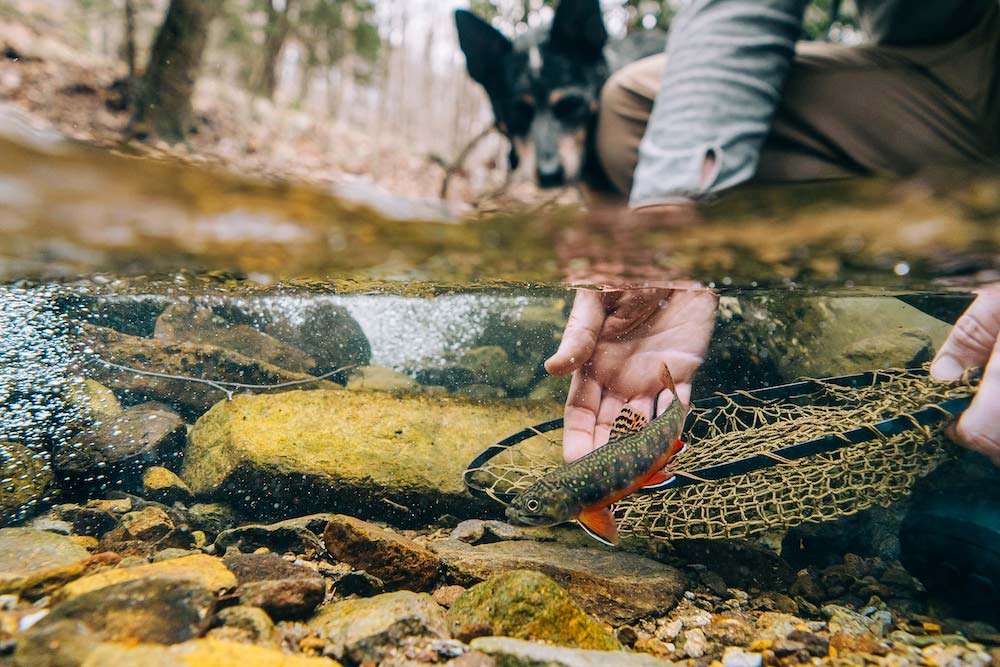
The best fly fishing photographs of 2020 are on the board!
We had so many great submissions this year, it was pretty tough on our judge, Tim Johnson, but he’s a trooper and came through with some awesome selections. Three talented photographers will be fishing in style with some awesome new Orvis fly rods and reels.
HERE ARE THE WINNERS FOR 2020!
Read More »Shea Gunkel’s Shot Glass Baetis
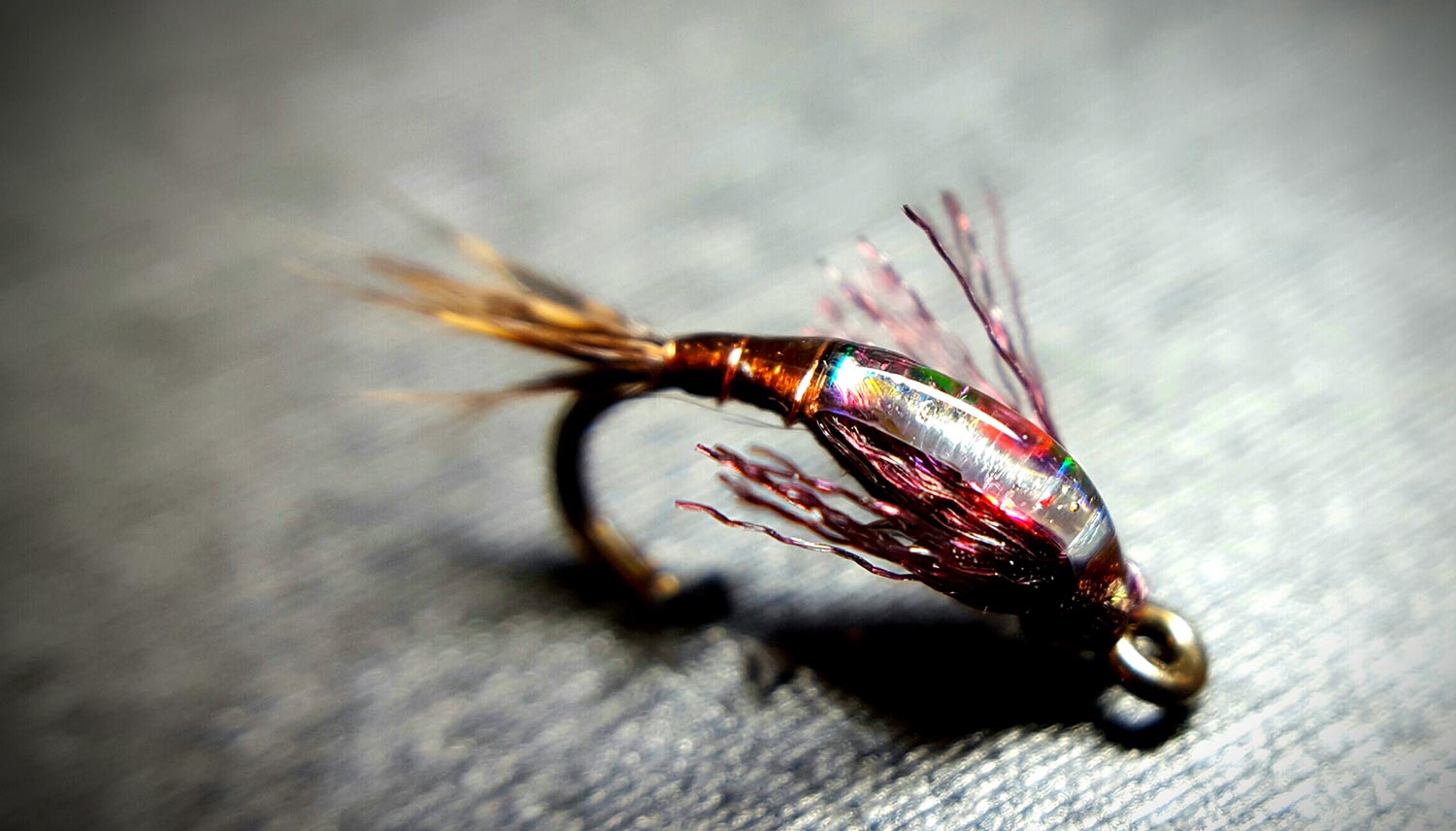
By Bob Reece
Baetis Mayflies are an integral piece of the food web in many trout inhabited watersheds around the world.
While their physical size is minimal, their population numbers can be immense. These significant numbers frequently draw the attention of feeding trout. These periods of responsiveness can take place during any month of the calendar year, depending on the characteristics and location of the body of water.
The wide spread nature of this insect should be a significant indicator to fly fishers as we make decisions regarding pattern selection for our fly boxes. I believe that it is essential to dedicate at least a portion of our available fly inventory to this small but significant bug. In our current world of fly fishing the market is filled with various Baetis imitations. Through my extensive time on the water, I have found one, year round producing pattern that I believe to be in a class of its own. Shea Gunkel’s Shot Glass Baetis.
When Baetis nymphs reach maturity, they buoy their way to the surface with the help of a small bubble of gas. Gunkel’s pattern takes this key element into account by applying a transparent glass bead in the thorax of the pattern. This transparent component placed in the anatomically correct location, perfectly matches the food profile seen by feeding trout. Additionally, the thin profile of the abdomen, downward tucked tail fibers and clear coat on the fly’s dorsal surface; round out a pristine pattern that satisfies the most selective trout.
Gunkel spent years tweaking and adjusting this pattern before it became available through Umpqua Feather Merchants. The only aspect of the pattern that
Read More »Spring Fishing on Tributaries for Wild Trout
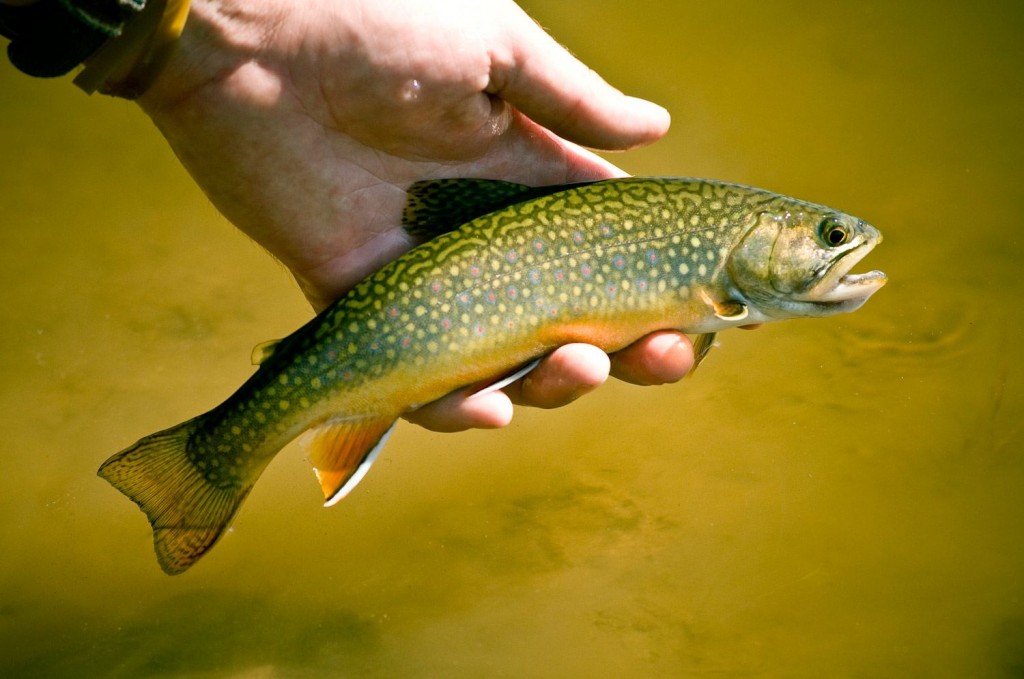
Several of our blog followers on numerous occasions have asked Louis and I if we ever catch small trout? Jokingly, they mention, “All we see are trophy size fish in most of the pictures on the blog”. I assure you all, we catch plenty of small fish, and Louis and I both appreciate and photograph them on the water with the same gratitude and respect. It’s just fair to say, that a large portion of anglers out there are constantly striving to catch a trophy class fish. We tend to use our big fish photos as motivation and assurance that persistence pays off. However, it’s important to note, in most cases, there’s no distinction in our fishing technique. We pretty much fish the same way for all sizes of trout. We approach the fishing spots the same, we make the same casts and presentations, and we fish the same fly patterns. It really just boils down to whether or not it’s a numbers day or a big fish day, and we’re generally happy with either. Location does play a factor though for size of trout, but remember, a trophy fish should be defined by the water it inhabits. A 14-inch trout on a small creek has just as much right to hold the trophy status as a 20-inch fish on a big river.
Right now we’re well into the Spring fishing season. Water temperatures are
Read More »DIY Emergency Boat Anchor: Video
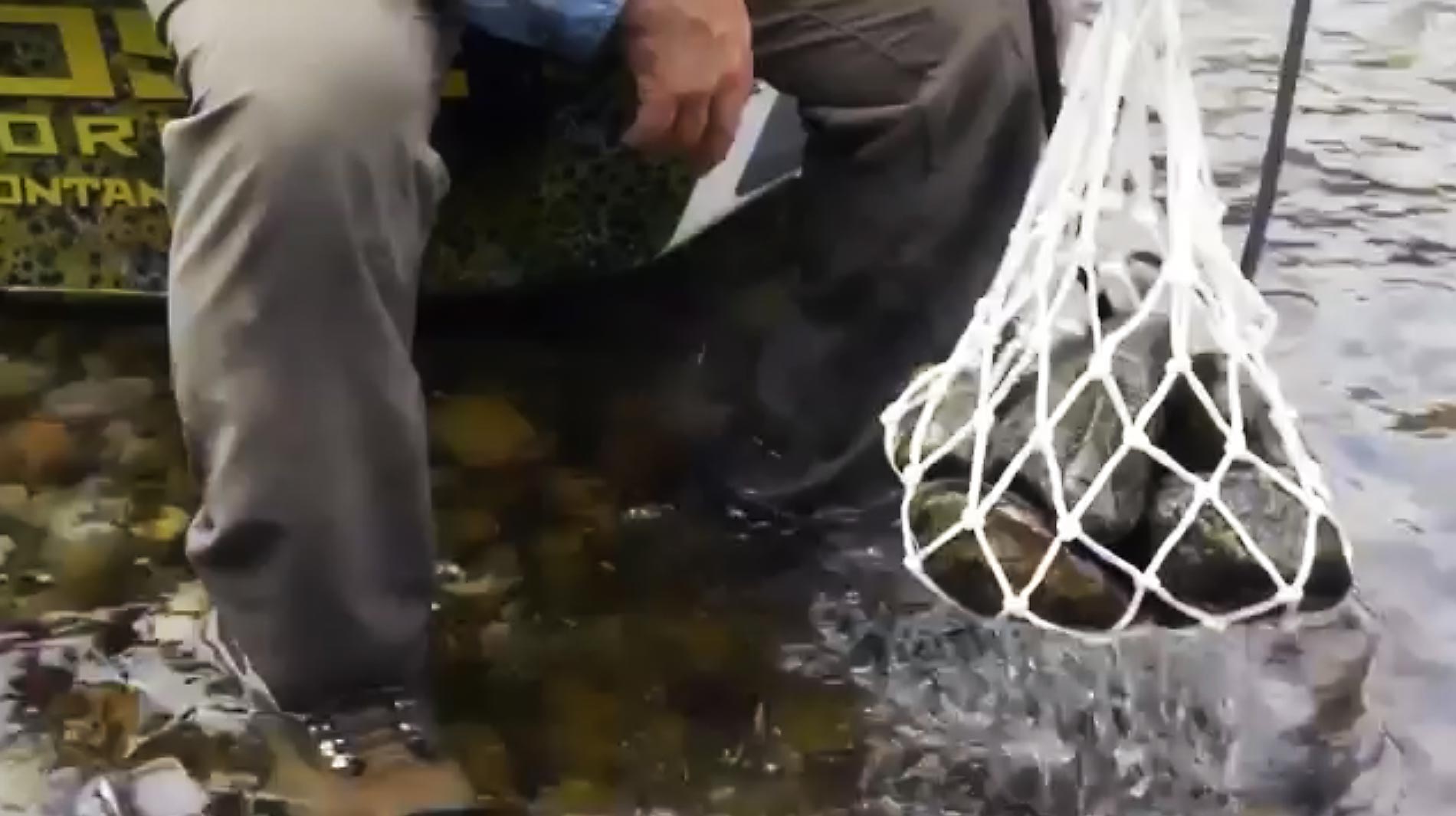
Have you ever lost your boat anchor during a day on the river?
If you haven’t, you probably will. Or at least you’ll forget to bring it one day. It can make for a pretty frustrating day of fishing but it doesn’t have to be. There’s and easy and inexpensive way to make an emergency boat anchor.
Keep a basketball net in the boat. It cost $6 and takes up no space. In a pinch it makes a great boat anchor. It could be the best $6 you ever spent.
WATCH THIS VIDEO AND LEARN TO MAKE AN EMERGENCY BOAT ANCHOR FORM A BASKETBALL NET!
Read More »4 Tips for Getting a Better Picture of Your Trophy
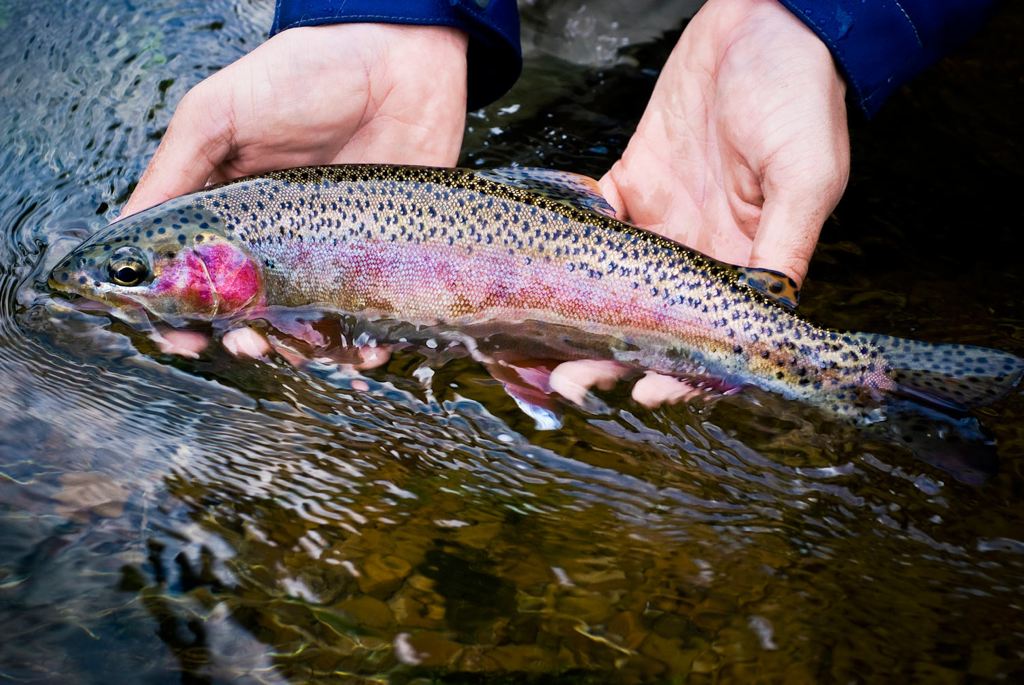
WAY BACK BEFORE WE HAD DIGITAL CAMERAS, I CAN REMEMBER HOW EXCITED I WOULD BE RACING TO THE CLOSEST ONE-HOUR PHOTO STORE TO GET MY FILM DEVELOPED.
The anticipation of waiting to review my big fish photos was almost as fun for me as catching the trophy. I wish I could say all those developed photos came out perfect but that’s far from the truth. Some came out great but the majority were blurry, had my head cut off, or I was holding the fish like a rookie. Nowadays we have the luxury of instant feedback with digital cameras, so we don’t have any excuse to not get good photo when the fish cooperates. Below are four tips for capturing better photographs of your trophies with examples of the right and wrong way to hold your fish. Keep in mind there is a learning curve for handling big fish. The more you do it the better you get.
1. Hold the fish with the tips of your fingers not your palms
Read More »Better Down Stream Presentations & Drifts
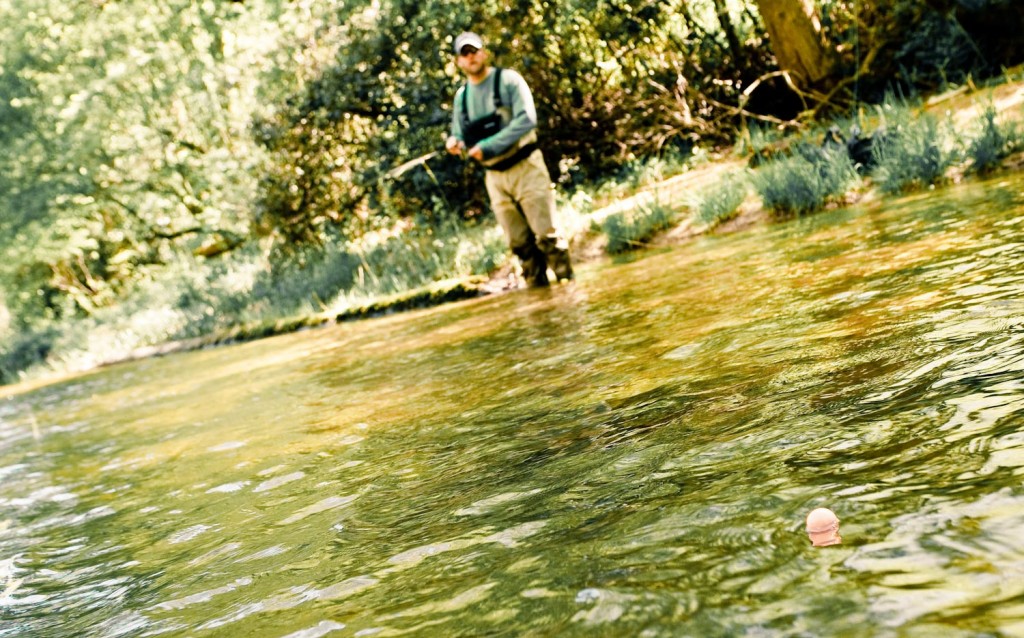
How many times have you been trout fishing and spotted a big trout positioned down and across stream of you feeding?
I know I’ve seen it plenty of times on the water, and it always seems like those fish are always positioned just out of reach for me to get a regular cast and drag-free drift over them. Right before my fly reaches the fish, I run out of slack as my fly line comes tight, and I get unwanted drag on my fly. Presenting your flies this way to educated fish can often end up putting them down. If you find yourself in this situation you need to be ready to smoothly and quickly kick out extra fly line out the end of your rod tip during your drift. Executing this properly you’ll be able to maintain enough slack to extend your drag-free drift so your offering can make it to the fish, and have a good chance of being eaten.
I see fly fisherman all the time try to use a shaking motion with their rod tip to kick out extra fly line and extend their drift. Most of the time this doesn’t work very well, because it’s really difficult for you to let out fly line fast enough, and keep your flies from moving all over the place in the process. Watch this video below as I demonstrate how to properly present your fly down and across stream to a feeding trout, and smoothly kick out extra fly line to maintain a drag-free drift. It will take a few minutes for first-timers to get the hang of it, but once you do, you’ll have the technique mastered forever.
http://www.youtube.com/watch?v=Zn8_vX2oZpI&feature=plcp
Step 1: Before you make your presentation make sure you have plenty of extra fly line stripped off the reel.
Step 2: Shortly after your fly/flies hit the water make a nice mend upstream. This will create a buffer between your fly and the fly line, which is
Read More »Lucky #7?
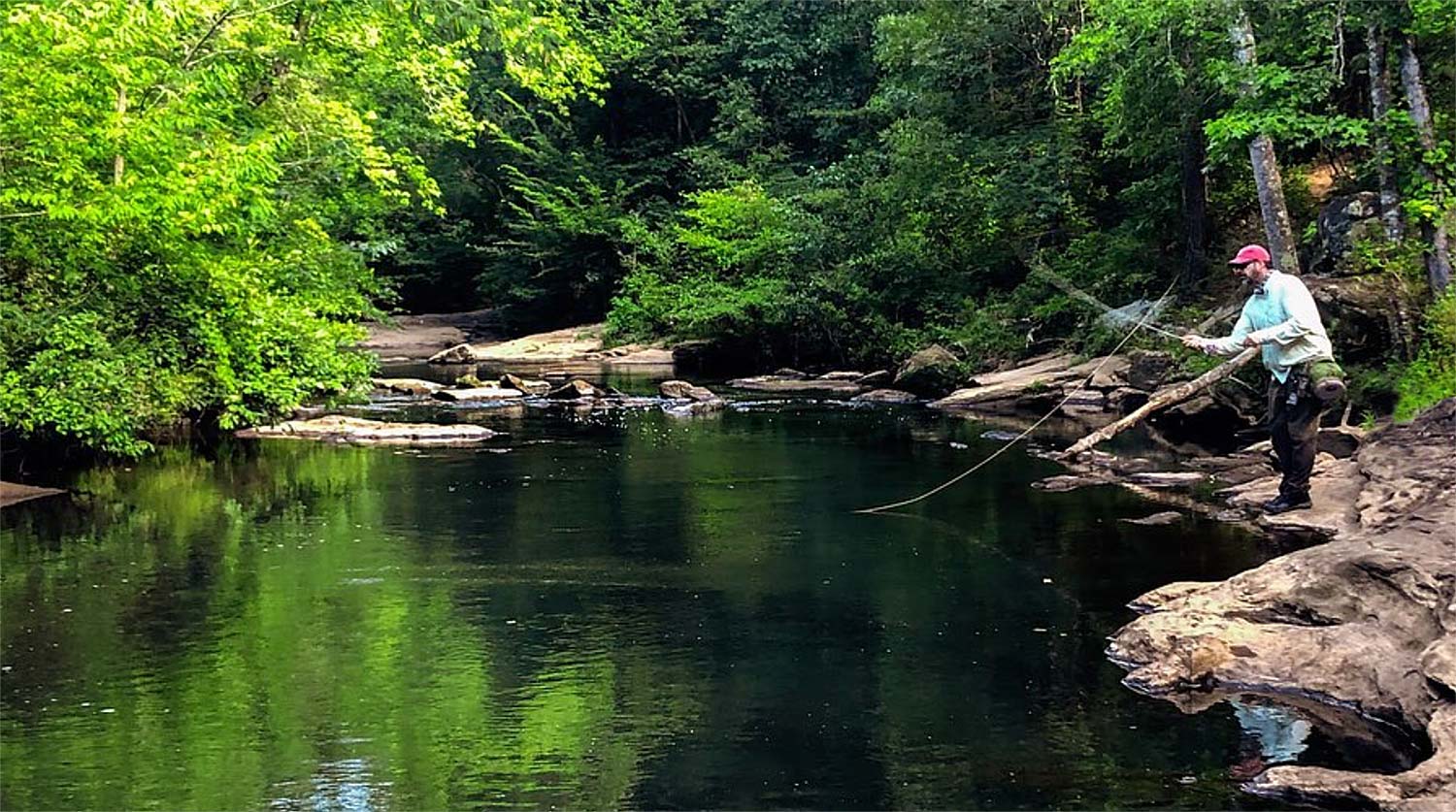
By Louis Cahill
On Friday Oct 9th I’ll have my seventh eye surgery.
Just a quick update. I’m doing well and am stable, getting stronger all the time and adjusting to my new vision. I’ll indulge in understatement and just say it has been a challenge but I am feeling confident that the worst is behind me.
Friday’s surgery will attempt to secure the part of my retina that is most profoundly scarred by PVR. How this surgery and, more importantly my body’s response to it, goes will determine what the future looks like. Literally. If all goes well and my eye heals with a good bond to the retina, I may only have one more surgery to go. That would be a great outcome, for my condition. Please keep some positive vibes coming my way in the next few weeks.
I have learned that with PVR, like fishing, it’s best to have little in the way of expectations. That said, this surgery is supposed to be easier, recovery wise, than my previous surgeries. I’ll be down for at least two weeks, so if I’m a little quiet here, that’s why. Hopefully it will all go well and I can keep moving forward. We have some exciting new content coming your way soon. I’ll be posting about that before long.
In the mean time, stay tuned and get out there and catch some fish for me.
Thanks!
Read More »